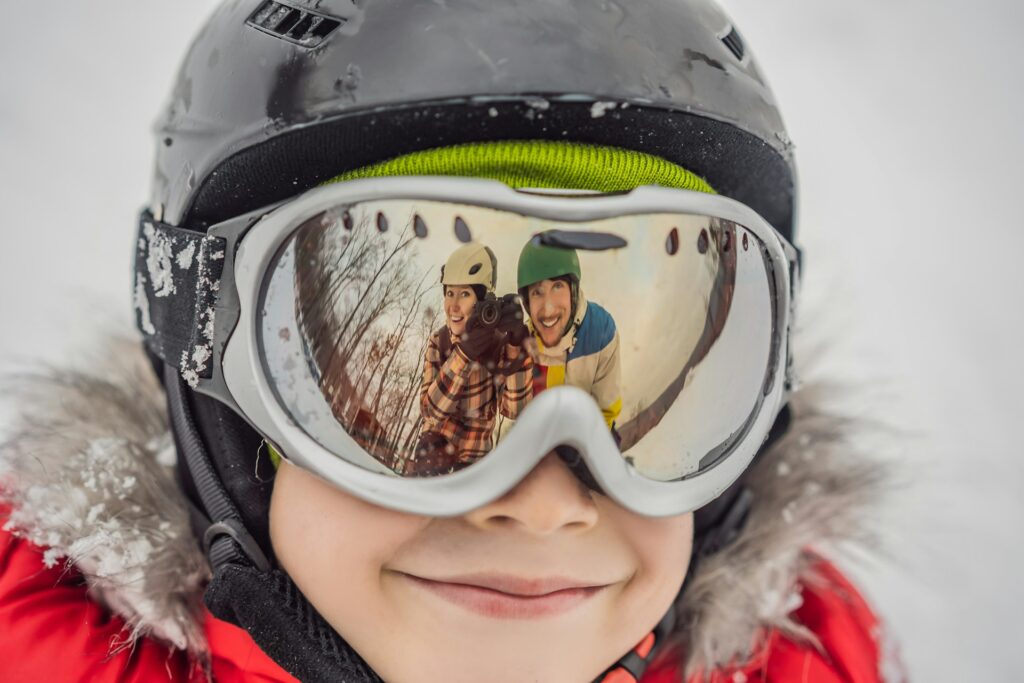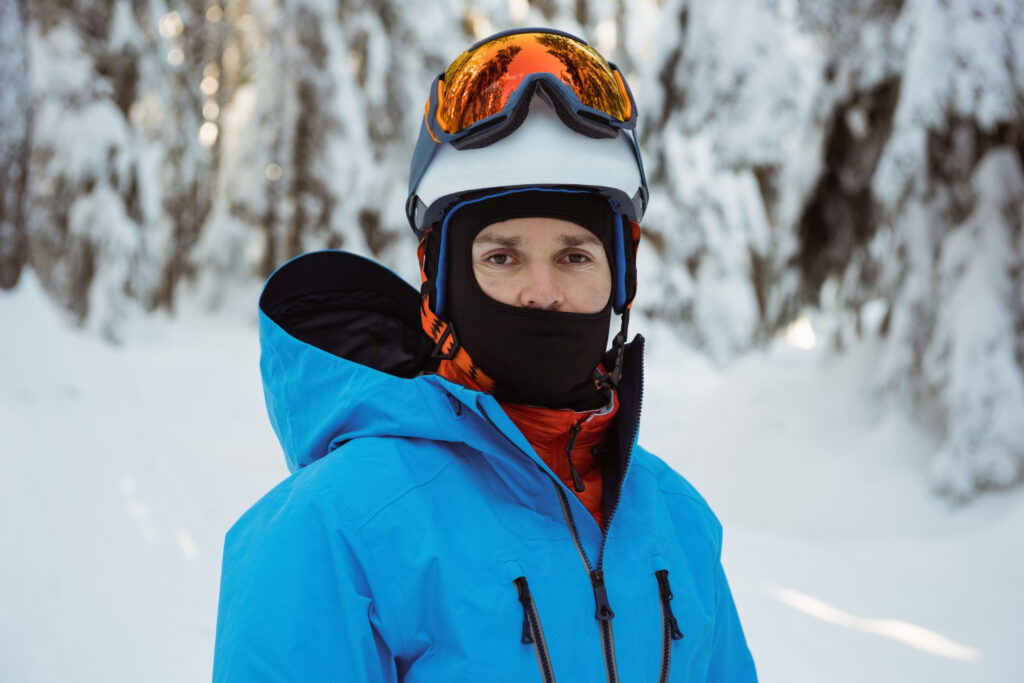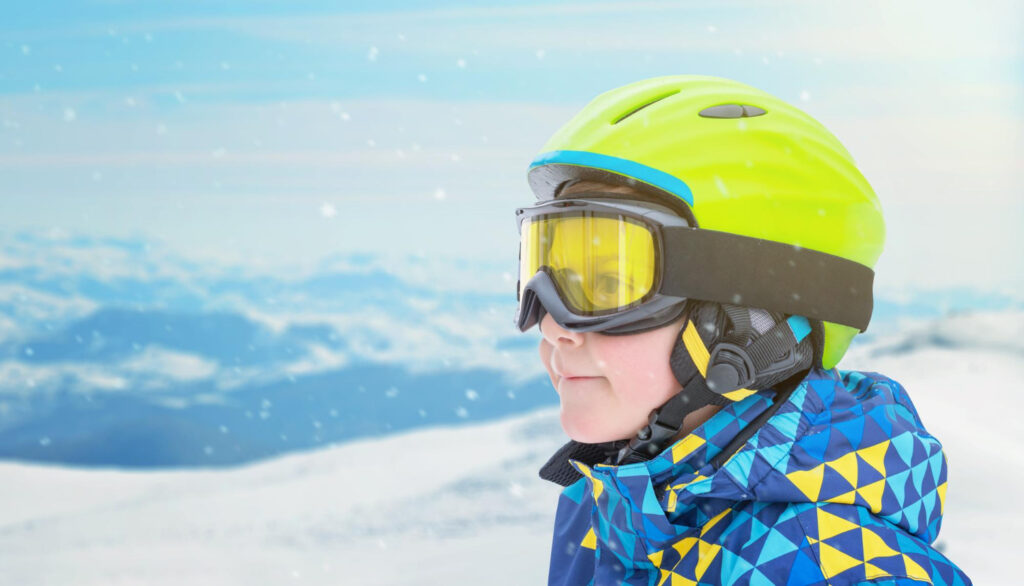Keeping Kids Warm: The Best Ski Masks Balaclavas
Keeping children warm during winter outings is key to a fun and memorable experience. Ski masks balaclavas stand out as essential winter accessories for young ones enjoying the slopes. These versatile coverings offer vital protection against harsh winds and cold temperatures, making outdoor activities more enjoyable.
For young skiers, having the right gear can make all the difference. A good ski mask balaclava not only protects the face and neck from icy air but also adds a layer of comfort under helmets and goggles. This helps kids stay focused on their skiing skills rather than the chilly weather.
Whether your child is hitting the slopes in Canada or simply building snowmen in the backyard, a ski mask balaclava can ensure they remain cosy and content. By understanding the importance and selecting the right features, parents can equip their kids with ski masks that not only serve a practical purpose but also offer style with fun and cool designs.
Importance of Ski Masks Balaclavas for Kids’ Safety and Comfort
Ski masks balaclavas are essential for keeping children warm during winter sports. These coverings protect delicate skin from wind, snow, and cold temperatures, making outdoor activities safer and more comfortable. By shielding the face and neck, balaclavas prevent frostbite and windburn, which are common concerns in cold climates like Canada’s mountainous regions.
Balaclavas also enhance a child’s skiing experience by keeping them snug. When kids are warm, they can enjoy longer periods on the slopes without discomfort. This not only encourages them to remain active but also supports them in developing their skiing skills. The balaclava acts as a barrier against moisture, providing dryness which helps maintain warmth throughout the day.
Wearing a ski mask balaclava under a helmet improves the overall fit and stability of the helmet, offering better protection during skiing. It reduces the helmet from slipping and creates a snug and secure feel. This safety measure is crucial in preventing injuries by ensuring the helmet stays in place, especially during falls.
Moreover, a balaclava’s lightweight material contributes to comfort without adding unnecessary bulk. It allows for easy movement, letting children focus on having fun rather than adjusting their gear constantly. The importance of ski masks balaclavas lies not only in protection but also in maximizing the enjoyment and safety of winter sports for kids.
Features to Consider When Choosing Ski Masks Balaclavas
Selecting the perfect ski masks balaclavas for kids involves considering several key features that ensure warmth, comfort, and practicality. Here are some important aspects to keep in mind:
1. Material: Choose balaclavas made from materials like fleece or merino wool. These are excellent for insulation and moisture-wicking, keeping your child warm and dry in snowy weather.
2. Fit: Ensure a snug fit that covers the face, neck, and extends under the helmet. A well-fitting balaclava prevents cold air from seeping in without being tight and uncomfortable.
3. Breathability: Opt for balaclavas that allow airflow, preventing moisture build-up inside. This feature is important for keeping skin dry and comfortable during active periods.
4. Adjustability: Some balaclavas come with adjustable features, such as drawstrings or Velcro, to easily adapt to different head sizes and provide a secure fit.
5. Ventilation Panels: Look for designs with mesh panels or extra openings near the mouth and nose. This provides better breathability and reduces condensation from breath, which can cause dampness.
6. Style and Design: While function is key, bright colours and cool snowboard designs can encourage kids to wear their balaclavas eagerly, adding a fun element to their snow gear.
By focusing on these features, parents can ensure that their children remain protected against the elements. These considerations not only keep kids warm but also enhance their comfort and enjoyment during winter outdoor activities.
Top Designs in Ski Masks Balaclavas for Kids
Choosing a balaclava that kids are excited to wear involves looking at both function and fun designs. Today’s options are not just about practicality but also style, which appeals to young adventurers looking to express themselves on the slopes.
1. Animal Themes: Balaclavas with animal faces and ears are particularly popular as they add a playful element to any ski gear. Kids love transforming into their favourite animal, making the balaclava a fun accessory.
2. Bold Patterns: Bright colours and cool snowboard designs featuring geometric patterns or abstract art make skiing fashionable and vibrant. These designs can make your child easy to spot on the crowded hills, adding an extra layer of safety.
3. Characters and Superheroes: Many balaclavas feature beloved characters or superhero themes, encouraging kids to wear them with pride. These designs motivate children to keep their gear on for longer periods without a fuss.
4. Reflective Details: Some balaclavas incorporate reflective details, providing an edgy look while ensuring the child’s safety by enhancing visibility in low-light conditions.
By choosing balaclavas with these exciting designs, you provide your child with functional headwear that doubles as a fun accessory. This makes outdoor winter activities more appealing, helping kids stay warm and stylish as they hit the slopes.
Caring for Your Kids’ Ski Masks Balaclavas
To ensure that your kids’ ski masks balaclavas last through multiple winters, it’s important to take proper care of them. Here are some tips on how to maintain these essential items:
1. Cleaning: Regular washing is crucial. Hand wash balaclavas in warm water using a mild detergent to remove dirt and sweat. Avoid using fabric softeners, as they may affect the material’s water-repellent properties.
2. Drying: Let the balaclava air dry by laying it flat on a clean surface. Do not wring or twist the fabric to remove excess water, as this might damage the fibres. Avoid using direct heat sources or a tumble dryer.
3. Storage: Store balaclavas in a dry, cool place away from direct sunlight. Make sure they are completely dry before putting them away to prevent mould or mildew.
4. Repair: Promptly address any loose threads or minor tears. Sewing up small rips can prolong the life of the balaclava and maintain its insulating properties.
By following these care tips, you can ensure that your kids’ balaclavas remain in good condition, providing warmth and protection for many seasons to come.
Conclusion
Equipping your child with a ski mask balaclava ensures they are ready to embrace the chilly winter adventures. Balaclavas offer a crucial blend of warmth, comfort, and style, making every skiing trip safer and more enjoyable. From animal themes to colourful patterns, there are many options to suit your child’s personality. Effective care and maintenance of these accessories further guarantee that they remain functional and in peak condition for future slopes.
Whether it’s a skiing holiday in Canada or a local family outing, having the right gear plays a significant role in creating positive outdoor experiences. By choosing the best ski masks balaclavas, you empower your kids to face winter head-on and enjoy every moment of their snowy escapades.
Explore the exciting world of skiing with your little ones by outfitting them with high-quality ski masks balaclavas, as well as other essential gear from MDXOne. Our range of products is designed to support kids in their snowboarding journey, making it safe and fun. Visit our website to discover how we can help you and your family stay warm and stylish on the slopes.


